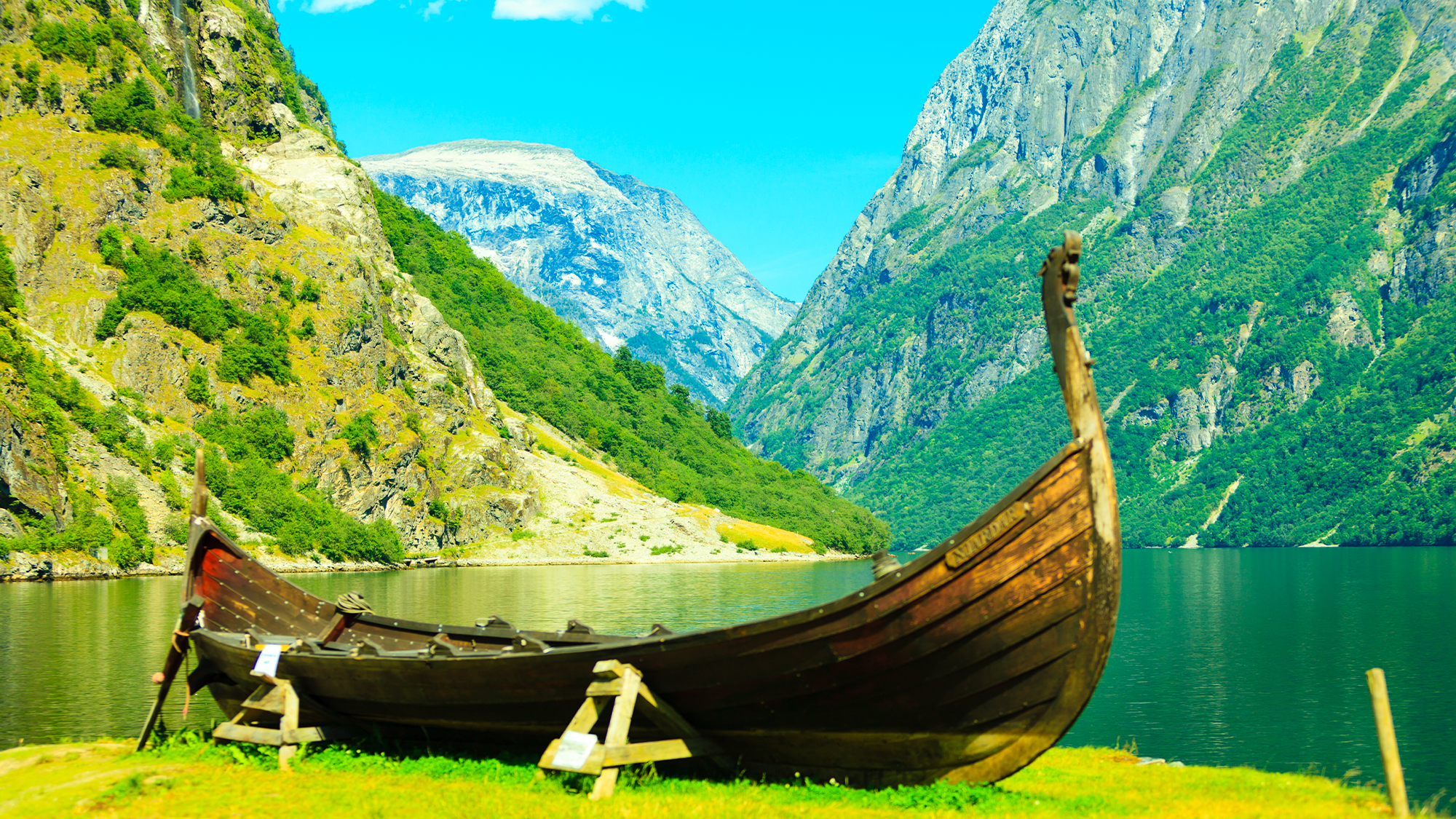

Despite numerous movies and TV series that play fast and loose with Viking history, scientists and historians alike are learning more about the real-life Scandinavian warriors known for their seafaring, trading, and destructive lifestyle. During the Viking Age (about 740 to 1050 CE), the fearsome sailors even set up colonies in remote parts of Iceland and Greenland, often bringing captured slaves from the British Isles and Eastern Europe with them by force. The slaves, in turn, brought along their genes.
A study published January 5 in the journal Cell paints the genetic history of Scandinavia over 2,000 years, using the data from over 200 published ancient human genomes, clues from multiple archaeological sites, and genetic data from more than 16,500 modern Scandinavians.
[Related: It’s easier than ever to make DNA from scratch—but what are the risks?]
One of the most intriguing findings is more insight into migration patterns and gene flow during the Viking age.
“Although still evident in modern Scandinavians, levels of non-local ancestry in some regions are lower than those observed in ancient individuals from the Viking to Medieval periods,” said Ricardo Rodríguez-Varela of Stockholm University, in a statement. “This suggests that ancient individuals with non-Scandinavian ancestry contributed proportionately less to the current gene pool in Scandinavia than expected based on the patterns observed in the archaeological record.”
The study also demonstrates that some of the ancestries that were introduced into parts of Scandinavia during the Viking period later declined for reasons that still aren’t clear.
The team from Stockholm University and deCODE genetics in Reykjavik, Iceland didn’t originally set out to complete a Scandinavian genetics history puzzle. They were initially working on three separate studies focused on different archaeological sites such as Viking burial chambers, Sweden’s Sandby Borg ringfort (known for a massacre in 500 CE), and the 17th Century warship Kronan.

The team’s goal eventually became documenting how past migrations affect the present day Scandinavian gene pool, to better understand the region’s genetic structure.
A closer look revealed some regional differences in the timing and amounts of gene flow from three locations: the eastern Baltic, the British-Irish Isles, and southern Europe. During the Viking period, British-Irish ancestry was widespread in Scandinavia, compared to eastern Baltic ancestry which was more localized to the Swedish island of Gotland and central Sweden.
The team believes that a drop in current levels of non-Scandinavian ancestry might be because those brought to the region contributed proportionately less to the modern gene pool than they did during the Viking and Medieval periods.
It is also possible that the Viking migration from the west impacted all of Scandinavia and that the migration from the east was more based on sex, with the movement of primarily female people to the region.
[Related: Horned helmets came from Bronze Age artists, not Vikings.]
“Gene flow from the British-Irish Isles during this period seems to have had a lasting impact on the gene pool in most parts of Scandinavia,” the team writes. “This is perhaps not surprising given the extent of Norse activities in the British-Irish Isles, starting in the 8th century with recurrent raids and culminating in the 11th century North Sea Empire, the personal union that united the kingdoms of Denmark, Norway, and England. The circumstances and fate of people of British-Irish ancestry who arrived in Scandinavia at this time are likely to have been variable, ranging from the forced migration of slaves to the voluntary immigration of more high-ranking individuals such as Christian missionaries and monks.”
Overall, the findings show that the Viking period in Scandinavia was a very dynamic time, with a lot of movement of people. Some next steps of this work includes studying genetic data to reveal how and why the ancestries that arrived during the Viking period were later diluted.
“We need more pre-Viking individuals from north Scandinavia to investigate when the Uralic ancestry enter in this region,” Rodríguez-Varela said. “Also, individuals from 1000 BCE to 0 are very scarce, [and] retrieving DNA from Scandinavian individuals with these chronologies will be important to understand the transition from the Bronze Age to the Iron Age in this part of the world.”
